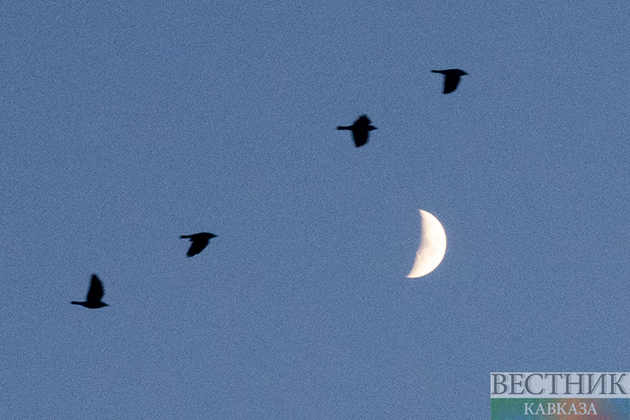Israel's worst-kept secret was announced on Wednesday evening. These are the four main attack drones used by the IDF. It was one of the country’s worst kept secrets, banned from publication for close to 30 years by the military censor. On Wednesday evening, it was finally allowed to be said: Israel has and uses drones to carry out deadly strikes against targets near and far from the country’s borders.
Israel has been known for years as a leader in drone technology and has sold hundreds of platforms to militaries around the world, The Jerusalem Post writes. In Israel, the drone squadrons have taken part in countless operations, from reconnaissance to intelligence gathering, and against targets in Syria, Lebanon, Gaza, and further away as part of the IDF’s war-between-wars campaign. While the constant sound of buzzing was familiar in the streets of Beirut and Gaza, Israeli journalists reporting on strikes had to attribute the use of attack drones to “foreign media” or use “aerial vehicles” instead of publishing the word “drones” or “unmanned aerial system.” The use of attack drones has been highly documented by Western media, and in 2011 Wikileaks published thousands of documents that confirmed the use of such platforms by the IAF for targeted assassinations in Gaza. One such assassination killed Hamas leader Ahmad Yassin in 2004.
So what kind of drones are we talking about?
There are four main attack drones used by the IDF: The Eitan (Heron TP), Zik (Hermes 450), Kohav (Hermes 900) and the Shoval (Heron 1)
The Eitan, known around the world as Heron TP, is the Israel Air Force’s workhorse. Designed as a multi-mission platform with numerous payload configurations, it can perform a variety of missions including intelligence gathering, surveillance, target acquisition, and more. Equipped with satellite data link and electro-optical infrared sensors, the Eitan is able to not only provide reconnaissance to ground forces in combat situations but able to create movement profiles and attack targets. It is equipped with automatic taxi-takeoff and landing systems (ATOL), satellite communication (SATCOM) for extended range, fully redundant avionics and more. The drone, which is 15 meters long and with a 26-meter wingspan, also has satellite communications for Beyond Line of Sight Range missions. With an endurance is over 30 hours, the Eitan is capable of flying distances of up to 1,000km at a maximum altitude of 40,000 feet while relaying precise information makes it a likely option in the event that Israel decides to carry out strikes against targets in enemy countries. The Eitan saw combat action during Operation Cast Lead in 2008 even before it was formally absorbed by the IAF, was used extensively during Operation Protective Edge in Gaza in 2014 and the numerous rounds of violence in the Hamas-run enclave since.
The Zik (Hermes 450) was the first armed drone manufactured by Israel’s Elbit Systems for the IDF. Operational for over 20 years in the IAF, it has been heavily used in Gaza as well as in Lebanon during the Second Lebanon War in 2006. The Zik can fly at a maximum altitude of 18,000 feet with a range of 300 kilometers for up to 18 hours or 30 hours with optional external fuel tanks. The medium-size, multi-payload platform can operate with two payloads simultaneously and has manual or fully autonomous flight capabilities.
The Kohav (Hermes 900) is Elbit Systems’ next-generation multi-role medium altitude long endurance (MALE) UAS with a flight altitude of more than 30,000 ft and endurance of 36 hours. The Hermes 900 has a wingspan of 15 m, is 8.3 m long and has a max takeoff weight of 1,100 kg and a maximum payload weight of 300 kg. Based on the Hermes 450, the platform has double the power and capabilities of the Hermes 450 and is able to carry a wide range of intelligence-gathering payloads and capable of performing missions for area dominance and persistent surveillance, target acquisition and intelligence gathering.
The Shoval, manufactured by Israel Aerospace Industries, has been operational in the IAF since 2007. It can fly for 36 hours at a time, at up to 30,000 ft. and with an operational range limited only by fuel availability, the remotely piloted aircraft has an operational range of over 1,000 kilometers, flying reconnaissance as well as combat support missions. Equipped with satellite data links and electro-optical infrared sensors, it is not only able to provide various kinds of reconnaissance services to ground forces. It is able to track down explosives from the air, as well as capable of destroying enemy targets with its weapons systems. With a silent single engine, the Shoval can operate in urban areas or long-range intelligence missions where a low signature is critical.






